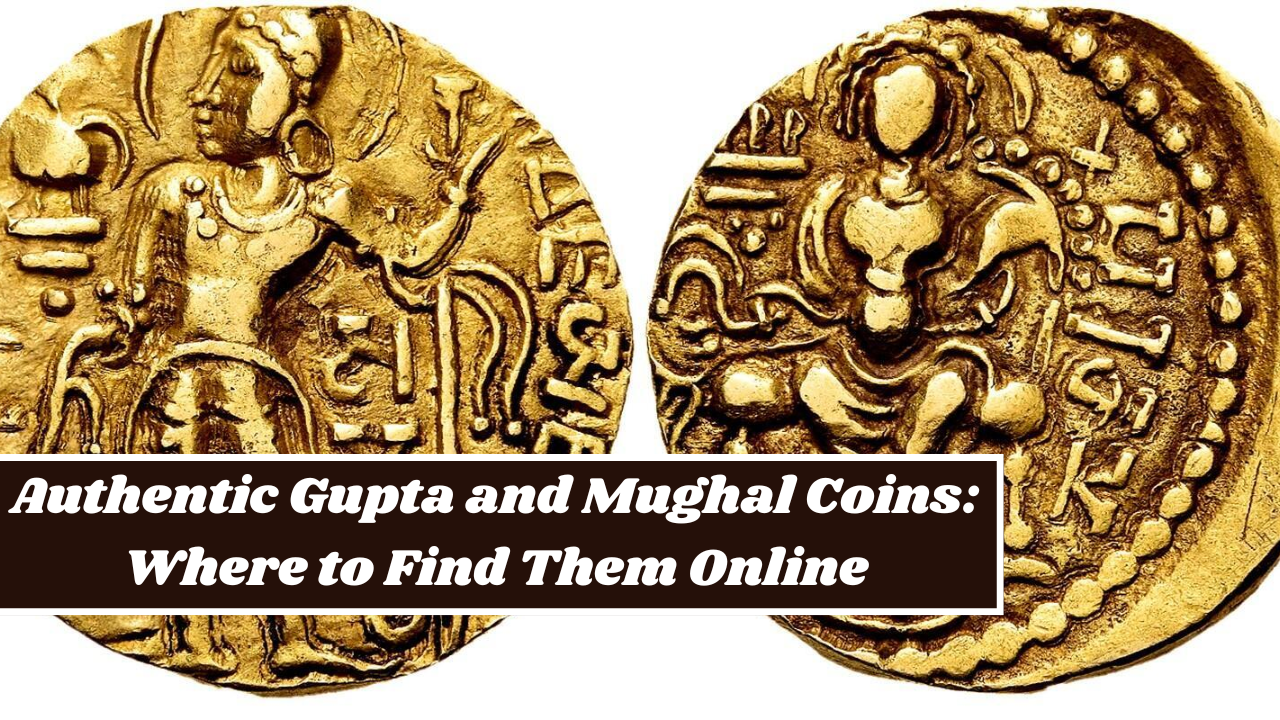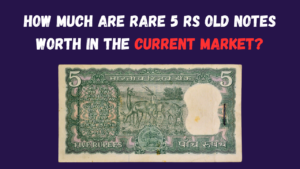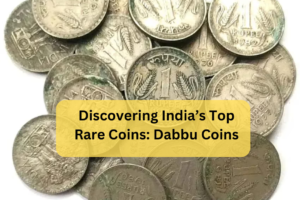We explore ancient India, specifically the Gupta Dynasty and the mighty Mughal Empire. Join Coin Bazzar as we explore the fascinating world of historical currency through empires that rose and fell. We put together a comprehensive guide on where to buy authentic antique Indian coins online because we know you want a piece of this enthralling history.
The Value of Ancient Indian Coins
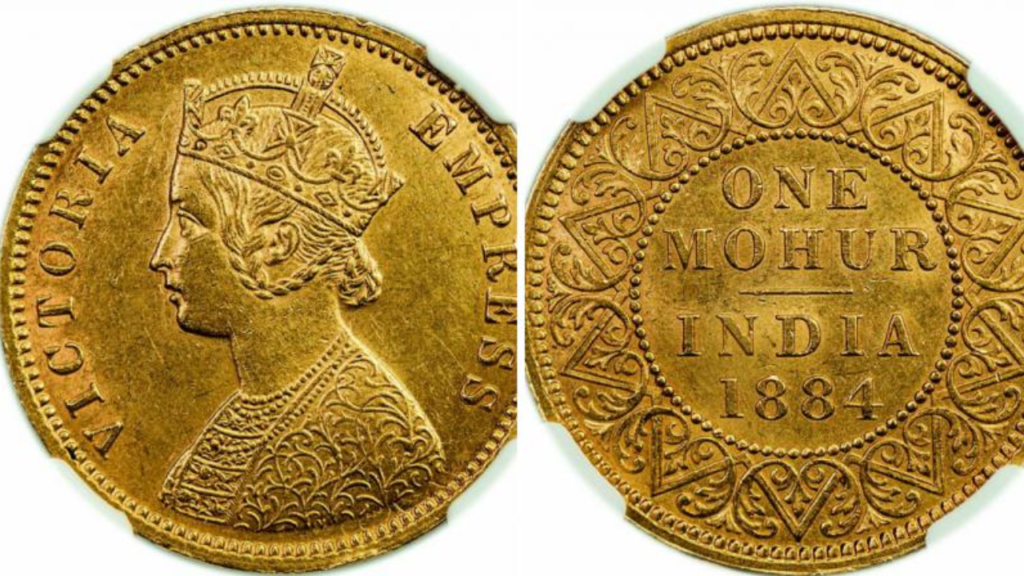
Ancient Indian coins are of significance as they hold the culture and history in the form of riches. These relics have information about the economic and political systems of ancient civilizations. Every coin silently narrates episodes of rising and falling empires, prosperous dynasties, and cross-border cultural interaction. Of course, historical coins can teach past social customs, artistry, and technological development. Ancient Indian coins have both aesthetic value and historical value. Such coins are art with the complex designs of gods, emperors, and symbolic motifs signifying old Indian life. Such beauty reflects the splendor of ancient craftsmen of old India and the exquisite taste of that era.
Antique India currency is like owning history. This allows it to connect with its roots and appreciate its culture while speculating over a story in every piece. Amidst these busy lives of ours, these ancient treasures can take us back to their time and remind us of our forefathers’ heritage.
Indian coins flourished during the Guptas
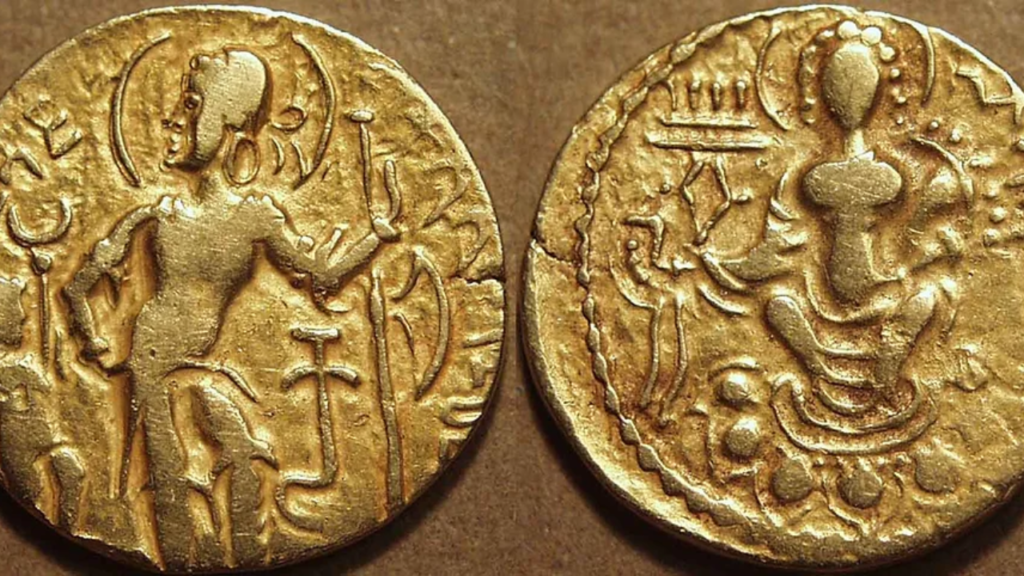
The Gupta Dynasty, from the 4th to the 6th century CE, brought prosperity and cultural revival to India. This is considered the “Golden Age” of Indian coins, with some of the most beautifully elegant currencies coming out of this period. The Gupta kings were proud of their money in the sense that it symbolized their authority and achievements and also used it as a tool for trade. Gupta coins were made with extreme care. Their very beautiful decorations included Hindu deities like Vishnu and Shiva and mythological creatures like Garuda. The coins were exquisitely crafted from pure gold or silver. These coins served the commerce and political goals to display the national unity and the authority of the Gupta ruler.
The coinage of the Gupta Dynasty is an example of artistic and cultural excellence. From these ancient Indian coins, we can learn about the lavish history and artistic capabilities of this era. With the internet available, collecting a piece of gold can be owned and Indian heritage kept in the hands of posterity for years to come.
Exploring Maurya Coins
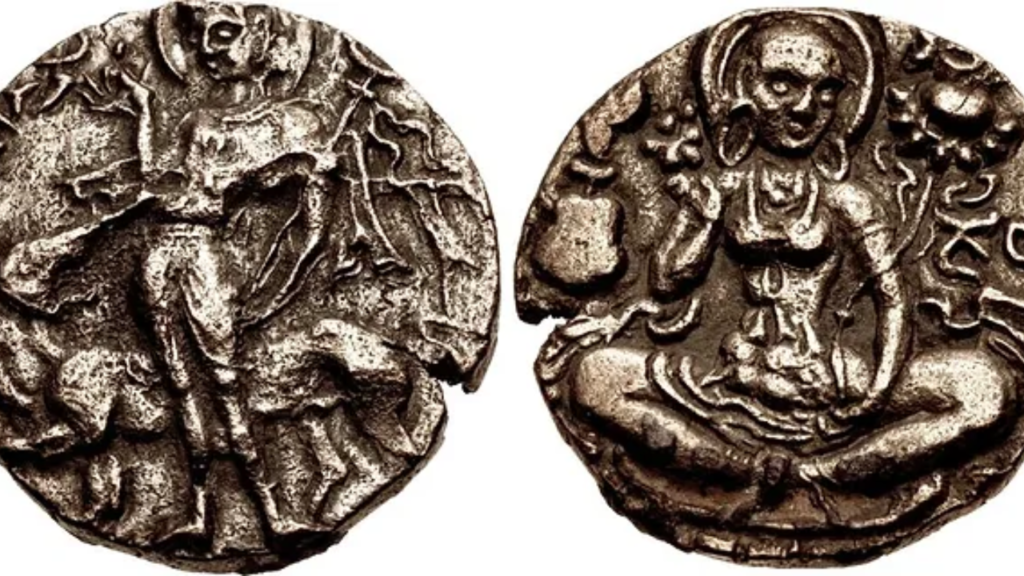
Exploring Maurya Empire Coins: Step into the ancient Maurya Empire and discover treasure, buried for centuries, in the form of numismatic pieces. The coins belonging to this era represent one of India’s most influential families’ wealth of culture and economic dominance. Such elaborately engraved coins narrate stories of emperors, goddesses, and the booming trade.
The mastery of these ancient treasures is astounding. Maurya coins depict religious and political symbols. Each coin is a small work of art, featuring elephants, lions, bulls, lotus flowers, and conch shells. These intricate artifacts conveyed authority, prosperity, and cultural identity while serving as transaction mediums.
Understanding Ancient Indian Coin Types
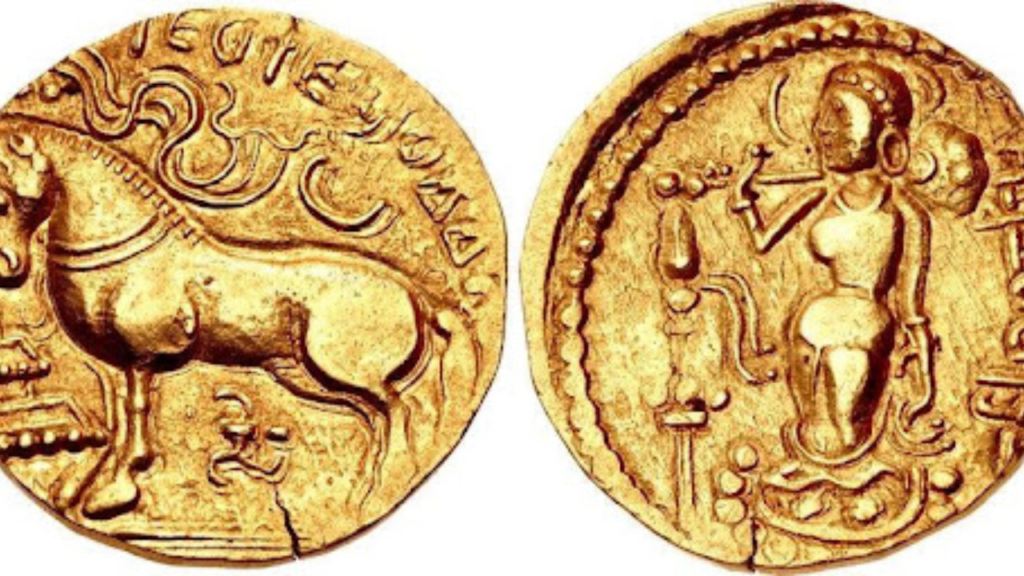
The study of the variety of old Indian coins is really interesting. Ancient Indian coins were punch-marked, die-struck, or cast. Each type has historical and artistic value. Punch-marked coins were India’s first coinage, going as far back as the 6th century BCE. These coins were made by punching symbols into flat silver or copper. Often, the symbols on these coins represented monarchs, cities, or denominations. These symbols reveal ancient India’s complex sociopolitical landscape.
Die-striking coins first emerged during the Mauryan dynasty and continued to find their way through later kingdoms. Such beautiful coins were engraved by forcing a metal die onto a flat disk of coin material. They feature beautiful portraits of the king, gods, animals, and motifs that embodied symbolic meanings of power and prosperity in different eras.
Advanced technology of currency production during the Gupta Dynasty used to be casting coins. A technique of pouring molten metal into molds proffered producing consistent coins with exquisite features. Elegant inscriptions and mythological creatures or deities were common on cast coins.
Ancient Indian Coin Authenticity Evaluation
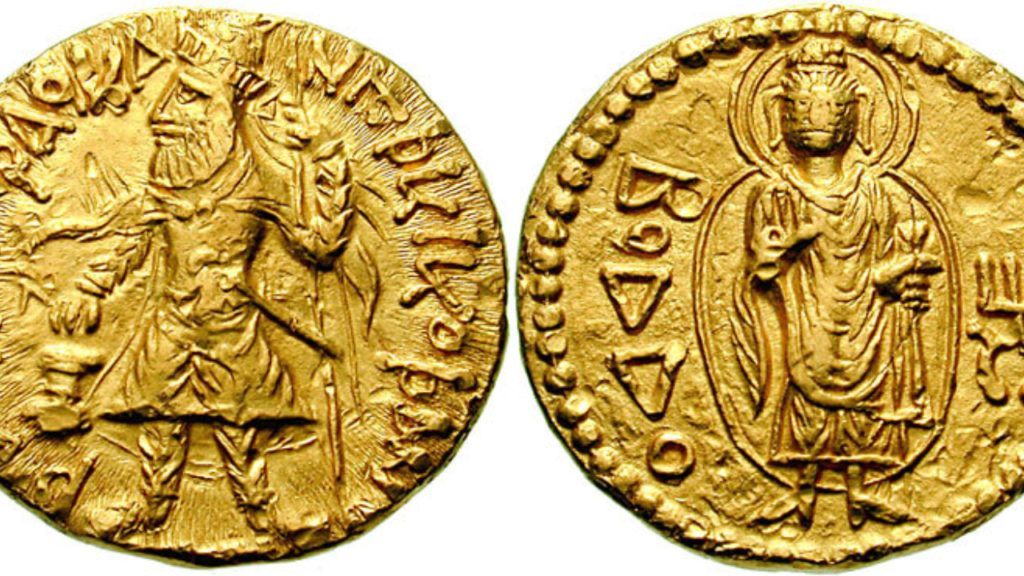
Exploring Numismatics’ Mysteries Discovering old Indian coins demands a keen eye and curiosity. As you pursue this intriguing adventure, you must verify these historical artifacts. Their authenticity adds value to your collection and reveals intriguing Indian history.
Authenticity can be verified by careful observation in respect of weight, measurements, and metal employed. Modern numismatists use XRF to authenticate the coins issued from ancient India. XRF probes for the elemental composition of the coin to establish its origin and detect anomalies.
Consideration of the coin’s marvelous engravings is also essential to authenticate. Artisanship and legend disclose the chronological periods and kingdoms. Enjoying every outline, sign, or character on the coin authenticates the fact and presents ancient artists’ creative genius.
Ancient India Coin Investment: Why It Pays
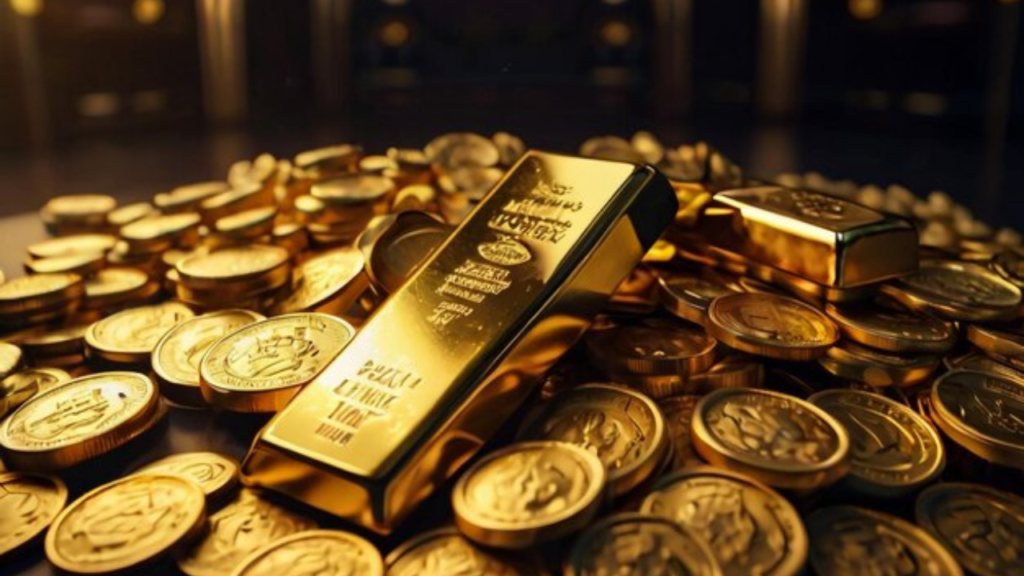
Coins of Ancient India are beyond just fabulous artifacts of great investment; they can bring about handsome returns. Used coins provide a real bridge to India’s rich history and cultural heritage, which is why people from all over the world are eager to collect them. These rare coins will serve investors with the preservation of history while diversifying the investment portfolio. Other good reasons to invest in ancient Indian coins are their scarcity and supply. These beautiful coins are made in limited numbers for specific periods in history, hence becoming rarer with time. With the increasing demand of these pieces among the collector entities and enthusiasts, they slowly and steadily gain value.
Besides, the investment appeal in ancient Indian coins lies not merely in historical value but also in the intrinsic value of precious metals. Most of ancient Indian coins were made of gold or silver, thereby making them an alternative asset class for investors in search of a hedge against market volatility.
Conclusion
India’s rich history and culture are told through ancient Indian coins from the Gupta Dynasty to the Mughal Empire. Coins tell the history of historical trade, governance, and social values; they are not trifles. The improved interest in numismatics allows the easy availability of buying treasures online from trusted platforms and dealers.
FAQs
Q1. Which of the Indian ancient coins is popular among the collectors?
A: Gupta, Mauryan, Kushan, and Mughal coins are favorite ones. Usually engraved with kings or godly figures, which also contain complicated motifs and text.
Q2. Where I can find authentic Antique Indian coins online?
A: BUY these currencies from trusted websites such as:
eBay authorized dealers
Numismatic Dealers Guild, Indian Coins & Currency Group, Classical Numismatic Gallery, Marudhar Arts
Always check that the seller is authentic and registered.
Q3. How can I test whether it is an ancient coin?
A: Check coins with authenticity certificate signed by a noted numismatists or institutions. You can also check with the experts or coin dealers.
Q4. Are ancient Indian coins a good investment?
A: As antiques, they appreciate with time, and especially if in good condition, ancient coins make for great investments.
Q5. How much do ancient Indian coins cost?
A: It completely depends upon the rarity, historical importance, and condition of coins. Prices of coins can vary from ₹ 1,000 to ₹ 10 lakhs or more for rare coins like gold and silver coins of specific dynasties.
Q6. What was ancient Indian coin made of?
A: The ancient Indian coins were made using gold, silver, copper, and bronze. Material often reveals the coin’s era and economic standing.

